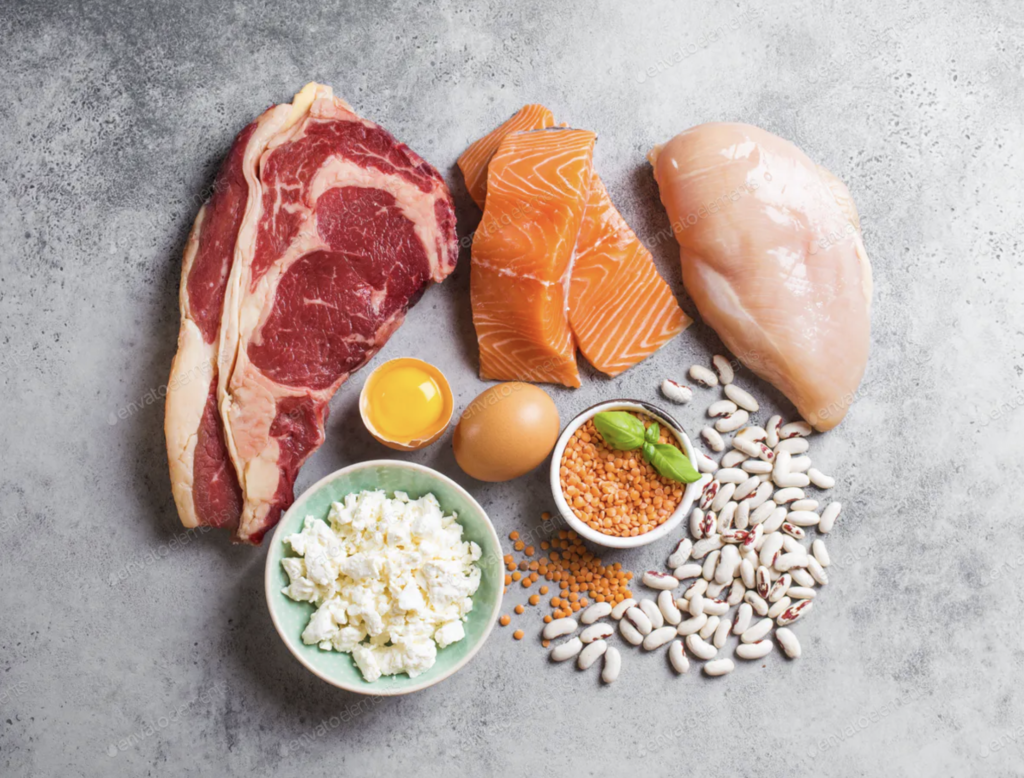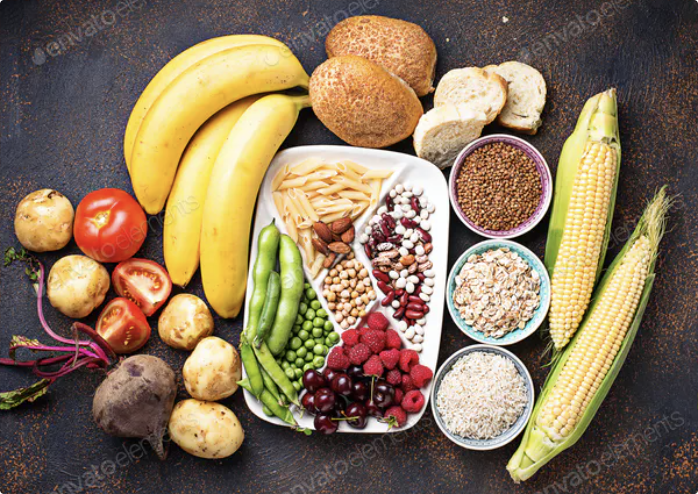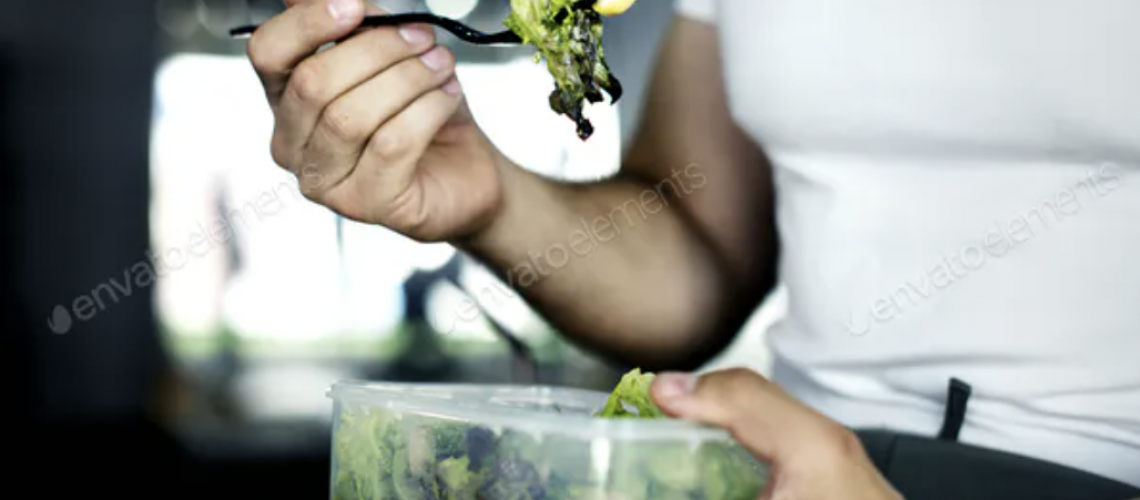During 18 months of a global pandemic that has affected countless people on the planet, the focus on eating healthier foods has increased. People have identified the need to for including better quality foods in their diet to strengthen the immune system and prevent disease.
This is a perfectly understandable action to take. Too many people consume poor quality, highly processed foods that cause inflammation in the body and increase the risk of illness, so protecting yourself and encouraging better internal health is a hugely positive step forward. However, this does not necessarily mean that you will lose fat and change your body shape. You may well be eating ‘healthier’ foods, such as nuts, seeds, avocados, smoothies and protein bars and expect to lose body fat but end up frustrated when you are not seeing the desired results.
So why is this? Why does just eating healthy not lead to results with your fat loss goals?
Calories and Portion Control
The first thing to understand is why calories and portion control matter. Although you should be eating higher quality, more nutritious foods to improve your immune system, reduce inflammation and increase your energy levels, it is also vital to be aware that eating too much or too little of anything will slow down and stagnate your fat loss progress. Cleaning up your diet is a good starting point, particularly if you are not used to tracking calories, but going into more detail is where the real progress is made.
To lose body fat regularly, you need to consistently be in a calorie deficit (burning more calories than you are consuming) of 300-500 below your maintenance level daily. So, regardless of what you eat, if you are not sticking to this target, you will not see results, not have control and will not be able to know if you can make room for your favourite foods within your fat loss diet. Be aware of how much you are eating, not just what you are eating, to make progress.
Importance of Protein

Many people who think that they are eating ‘healthy’ are vastly under-consuming the protein intake required to get in better shape. This is as a result of having too many salads and hot meals that are more dominant in carbohydrates, fats and green vegetables and lacking in a good protein option, such as lean meats, fish, dairy and vegan sources. To get in better shape and even to improve your health, you must have protein with each meal that you have on a daily basis.
Protein is an important macronutrient that plays a crucial role in the process of muscle recovery and repair when you are looking to build more muscle or tone your body. It has ‘building blocks’ called amino acids that the body uses to build and repair muscles and bones, in addition to making hormones and enzymes. Protein is also essential for retaining the muscle you have already gained and can be used as an energy source. So, look to have 0.8-1 gram of protein per pound (lbs) of body weight and make this a consistent feature of your meals.
Healthy Fats
Foods that are high in healthier fats can have several benefits to your body’s internal function. These include a lower risk of heart disease, lower blood pressure, fewer bad LDL cholesterol levels and less inflammation. So, from a health perspective, ingredients such as olive oil, nuts seeds, fattier meat, fattier fish and avocados will be advantageous to your health, meaning that your body can function better and fight off potential illnesses and disease much more efficiently.
However, consuming a vast amount of ‘healthy’ fats is not going to suit your fat loss goal because of the volume to calories ratio. One gram of fat has nine calories, compared to four calories per gram of protein and carbohydrates. So, fats are going to increase your calorie intake easier without taking up much room in your stomach, which is not beneficial when on a fat loss diet. Still, make sure you consume some healthy fats, but prioritise a higher consumption lean protein, carbohydrates and vegetables to stay on track with your goals.
Reducing Carbs

Carbohydrates have been given a bad reputation in the health world due to the fear that they will make you ‘fat’. As a result, people often avoid them and undertake restrictive diets in order to lose weight, lose fat and change their body shape. However, carbohydrates are not the cause of weight and fat gain – consuming too many calories is. Carbohydrates are essential because they are your primary source of energy throughout the day, especially ones that release energy slowly, such as oatmeal, rice, potatoes, pasta and bread, so that you avoid sharp spikes and dips in your blood sugar levels and that your energy levels remain consistent.
Do not fall into the trap of thinking that carbs are the enemy. While it is important to consume a wide variety of carbs that have health properties, neglecting them completely from your diet will only lead to lower energy levels, bad moods, lack of satiety and poor performance when training. So, carbs are a necessity if you want to have balanced, high energy levels so that you can attack your resistance training sessions with maximum effort and intensity, which will be key to progressing with your fat loss.
Commercialised Branding
A common thing you will see with increased marketing is the branding of foods as ‘healthy’ and ‘great for your fitness goals’. These include protein bars, protein cereal and energy drinks. Often, these foods are highly processed, packed with sugar and low on quality nutrients. As a result, this can lead to inflammation, increased hunger cravings and poor digestion.
While these foods can at times be convenient when you are on the go and in need of a quick protein source, you want to make sure that the majority of your protein comes from higher quality sources, such as lean meats, fish, dairy and vegan options. These foods will provide more nutrients for your body, reduce inflammation and help you feel fuller and more satisfied. This will be key for long-term diet adherence, which is key to results.
Summary
So, it is important to understand that eating healthy and eating for fat loss are two different things. While the majority of the foods you consume should be nutrient-dense and better for your internal health, you need to also focus on sticking to a required calorie intake and understand the importance of portion control. Be smart with your calories and you will find the nutritional side of fat loss becomes much more sustainable and enjoyable.
Photo Credit: Envato Elements


